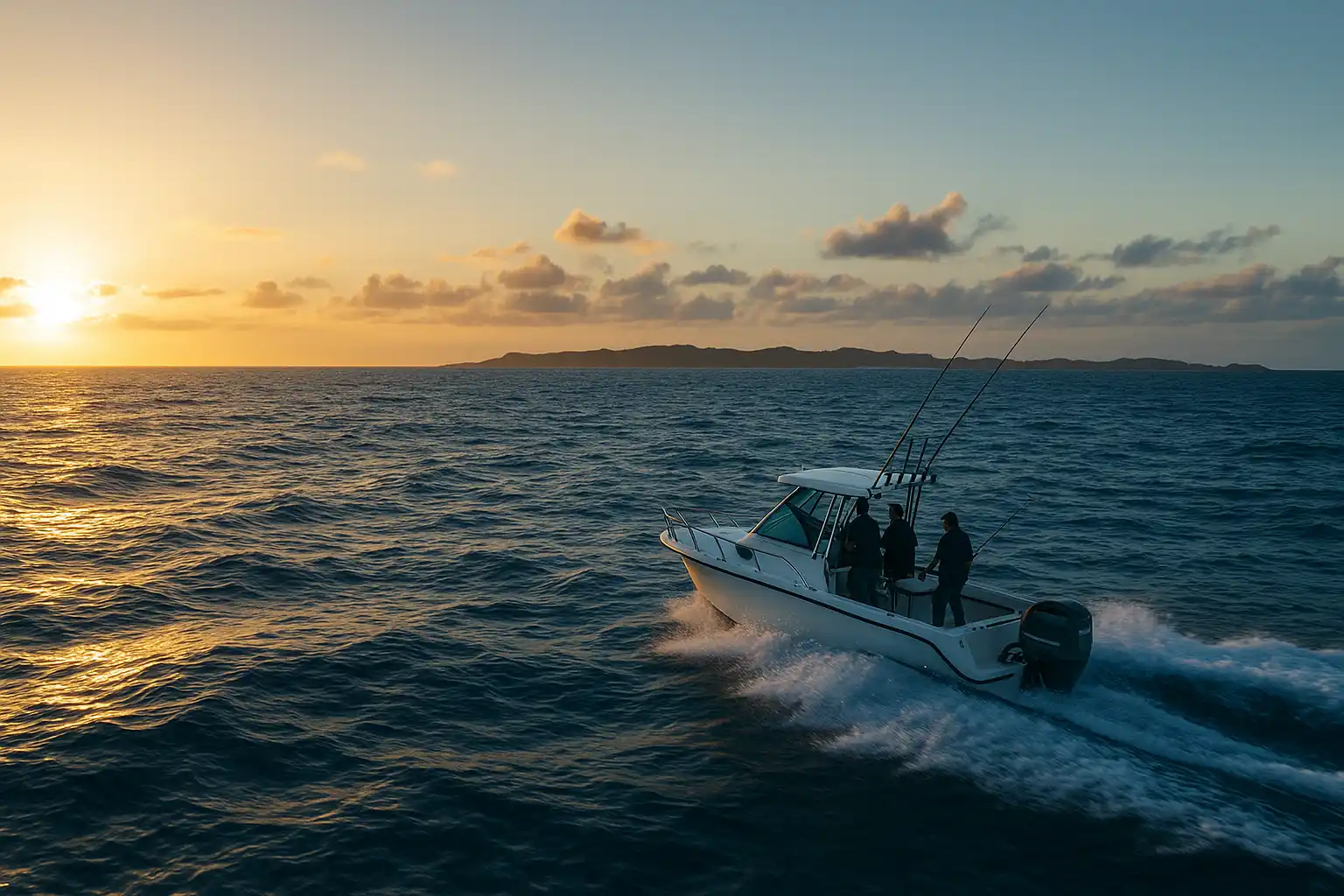
Tasmania’s coastlines are a treasure trove for beach anglers. With everything from wild surf beaches to protected sandy coves, the state offers excellent beach fishing options in every direction. Whether you’re chasing Australian salmon in the east, casting for flathead in northern estuaries, or soaking baits on a remote southern beach, Tasmania delivers rewarding and scenic land-based fishing.
Tasmania’s beaches are not only scenic but also productive. With fewer people on the sand and minimal pressure on fish stocks, beach anglers enjoy peace, space, and steady action. Many beaches have direct access from car parks or tracks, and the varied coastline provides options for all skill levels — from relaxed sandy shallows to exposed surf gutters.
What makes Tasmania stand out is the incredible diversity packed into a relatively compact coastline:
Remote Access: In the far south and north west, you’ll find long, empty beaches and wild backdrops where you can fish all day without seeing another person.
Accessible Options: Around coastal towns like Bicheno, Port Sorell, and Dover, productive beaches are just minutes from the nearest road.
Species Variety: From bream and flathead in northern estuaries to salmon, squid, and even gummy shark off south
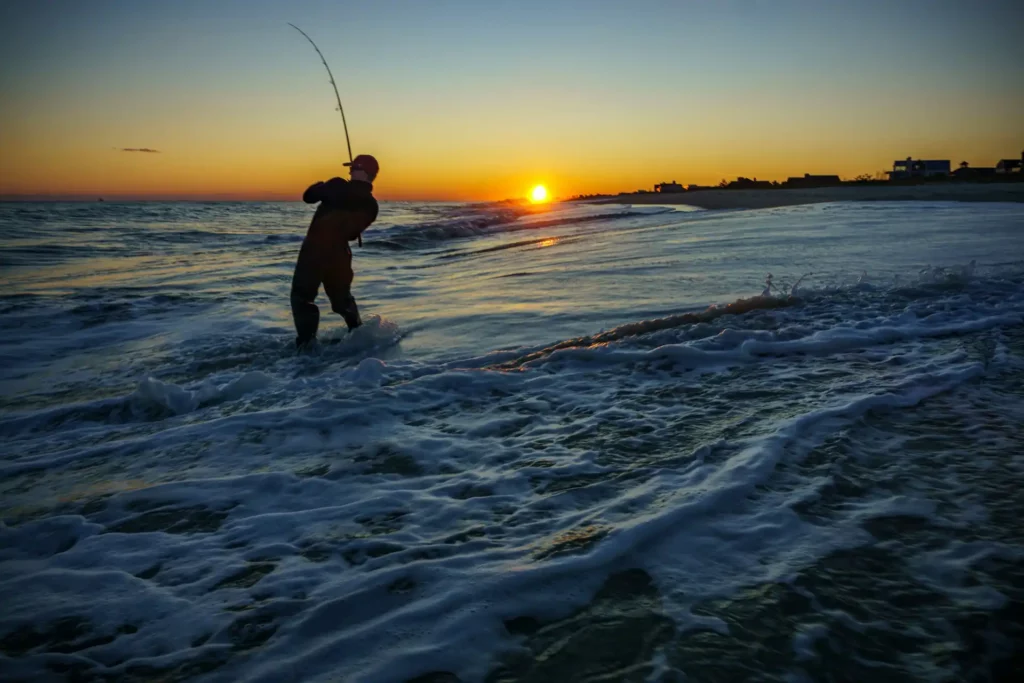
Tasmania’s varied coastline means beach anglers can explore a wide range of fishing environments — from surf-pounded west coast beaches to calm northern bays and the fish-rich stretches of the east coast. Each region has its own mix of habitats, target species, and conditions, so wherever you’re based, there’s a productive patch of sand not too far away.
Beach fishing in Tasmania often means casting into surf, walking across wet sand, or dealing with chilly breezes. Preparation makes all the difference.
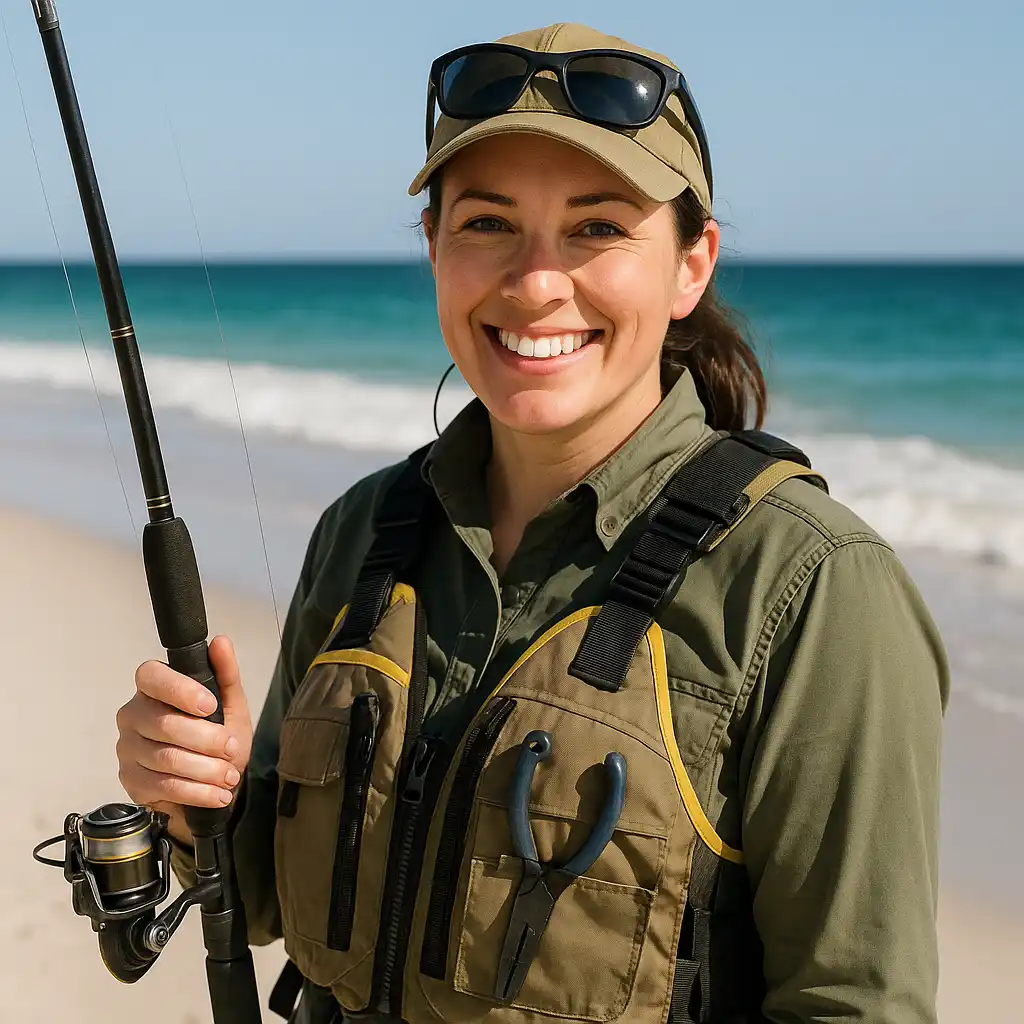
Invest in cleated boots or beach spikes if you’re fishing rocky shoreline edges or slippery southern sands. Stable footing helps keep you safe and allows better hook sets in the surf.
To make the most of your time on Tasmania’s beaches, it helps to think like a local. Understanding the subtle clues in the sand, the timing of the tides, and how wind and swell affect fish behavior can elevate your beach sessions. These tips are tailored for Tasmanian conditions, helping you read the beach, pick your moment, and fish smarter.
Fish often congregate in deeper troughs or ‘gutters’ just behind the first sandbank. These areas funnel food and hold fish, especially on the rising tide.
The first few hours of a rising tide and the hour around high tide are prime beach fishing windows. In Tasmania, many fish feed closer to shore during these periods.
If the fish aren’t biting, move up and down the beach to find active zones. Stay alert to bird activity or surface splashes.
Light wind from behind and gentle rolling swell makes for easier casting and better bait presentation. Avoid heavy onshore winds that churn up weed.
Always pack a tide chart and check the BOM marine forecast before heading out — many of Tasmania’s best beaches are affected by strong rips or southern ocean swells.

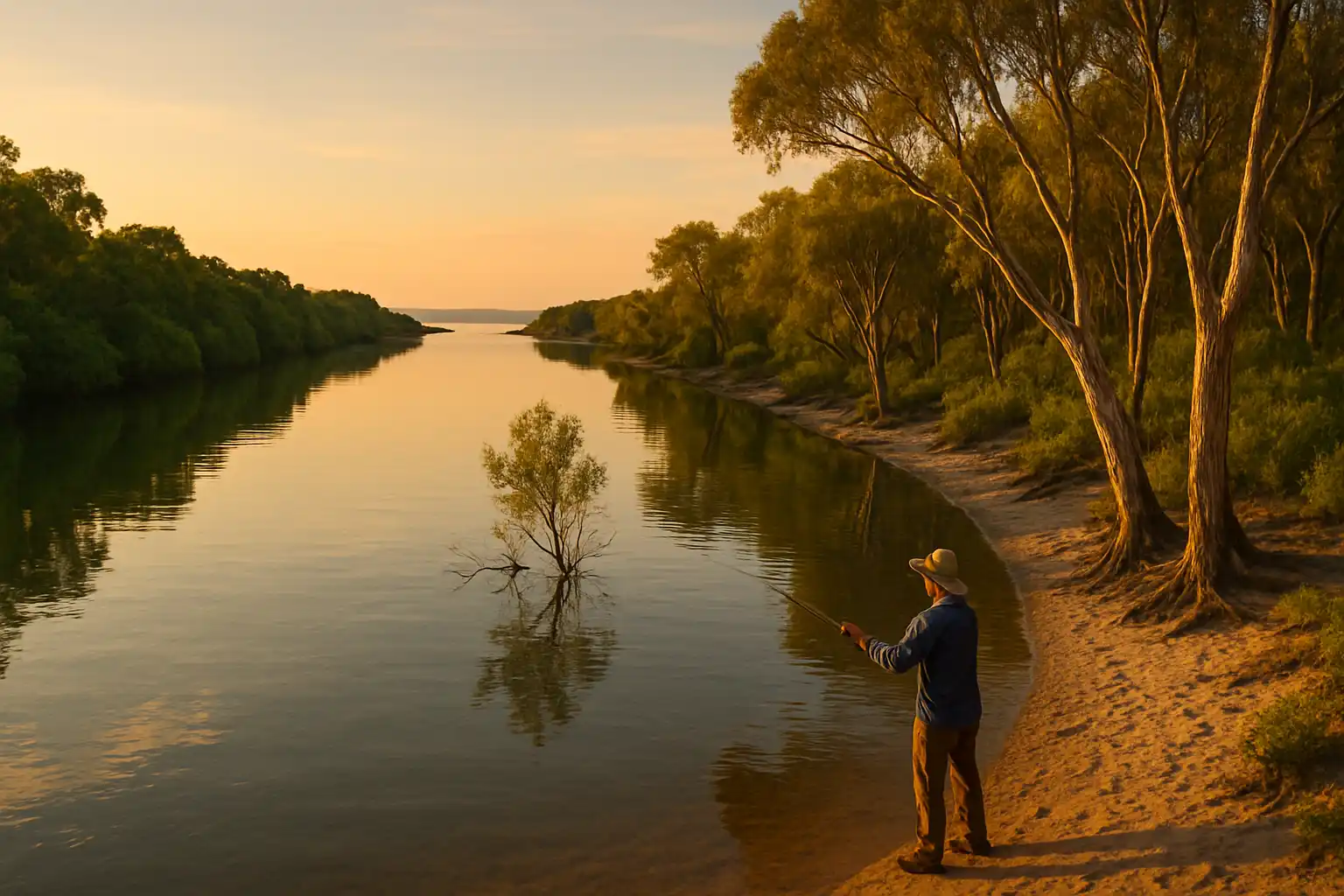
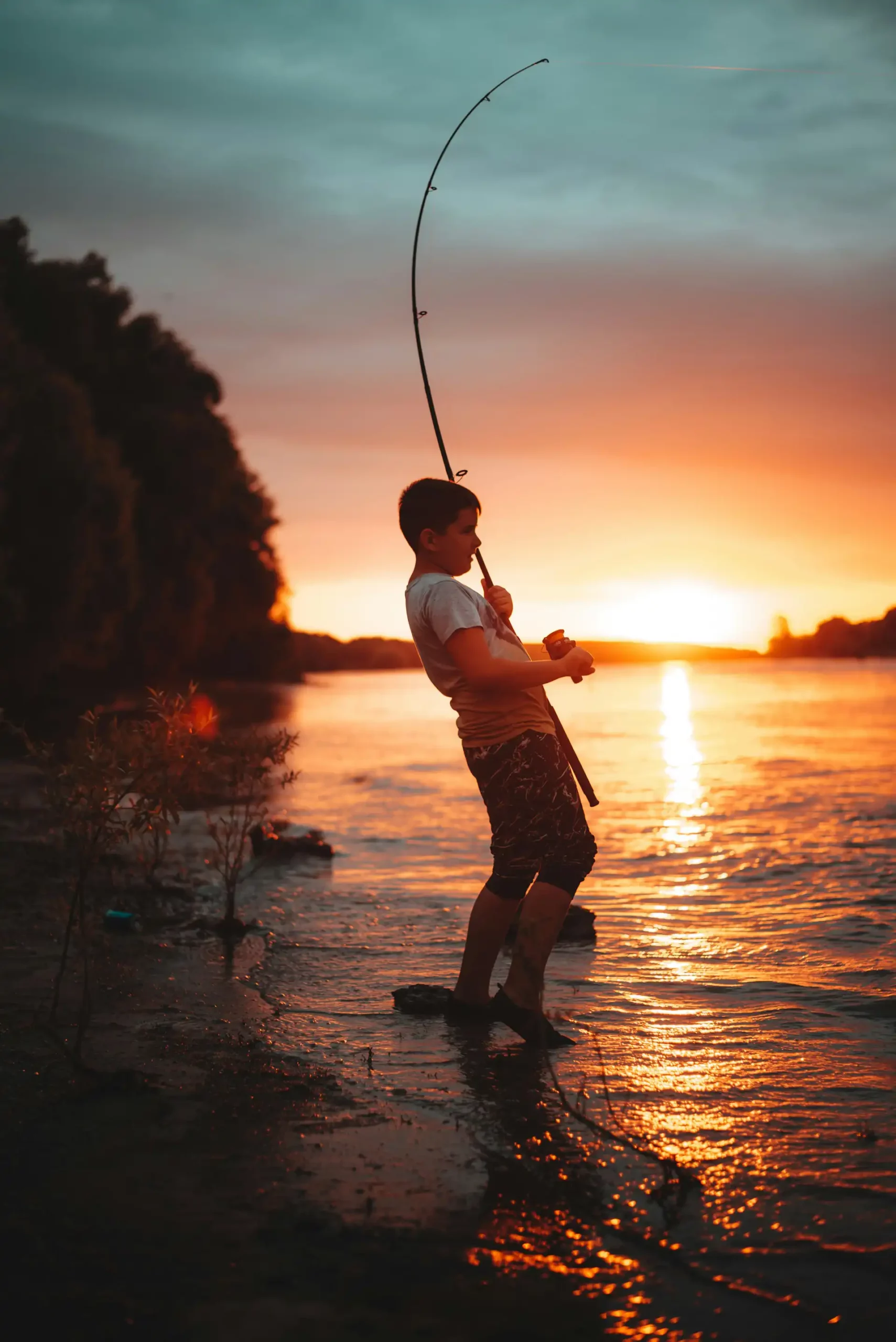
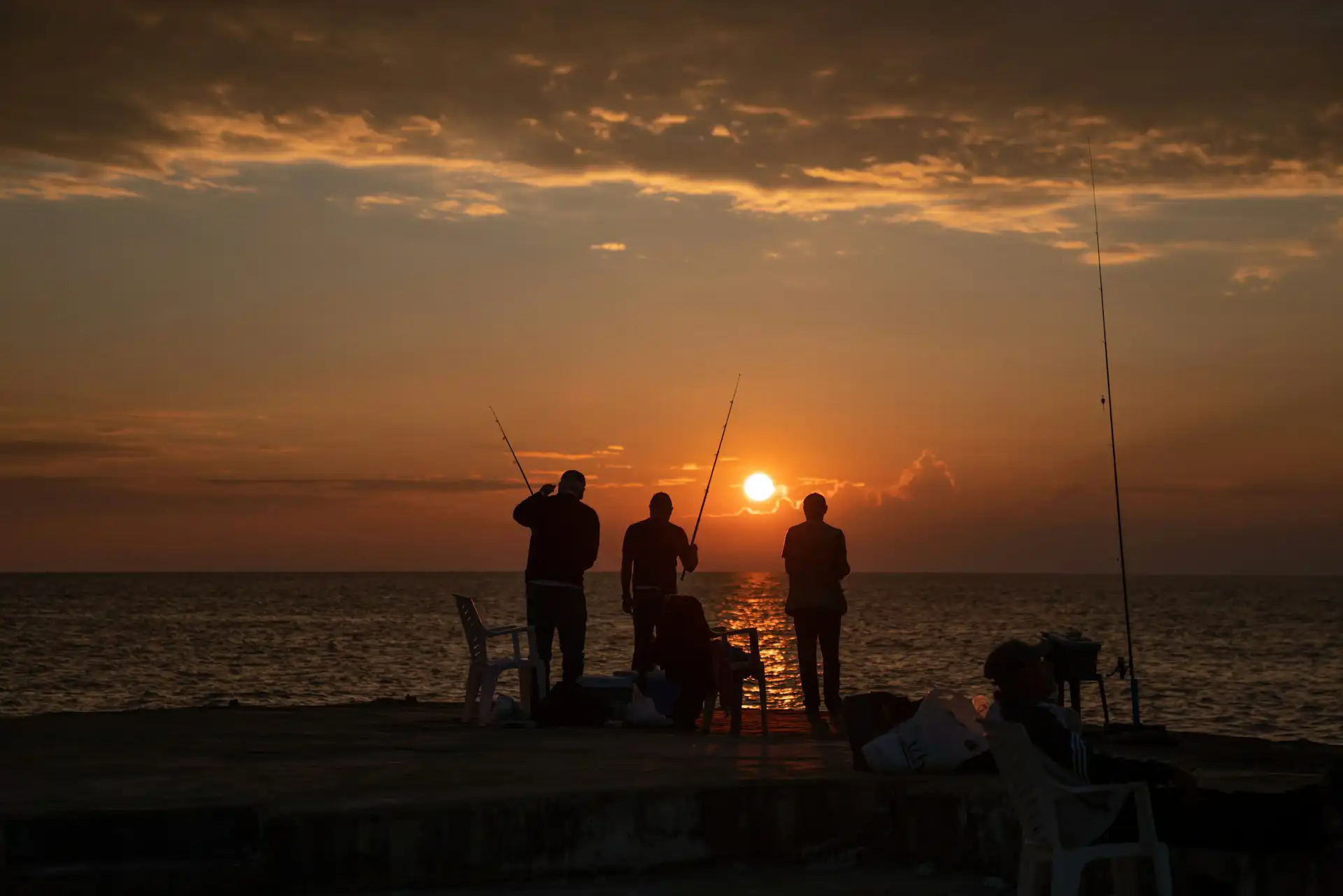

Affiliate Disclosure: We are a participant in the Amazon Services LLC Associates Program, an affiliate advertising program designed to provide a means for sites to earn advertising fees by linking to Amazon.com. As an Amazon Associate, We earn from qualifying purchases. Your support helps us keep this site running—thank you!